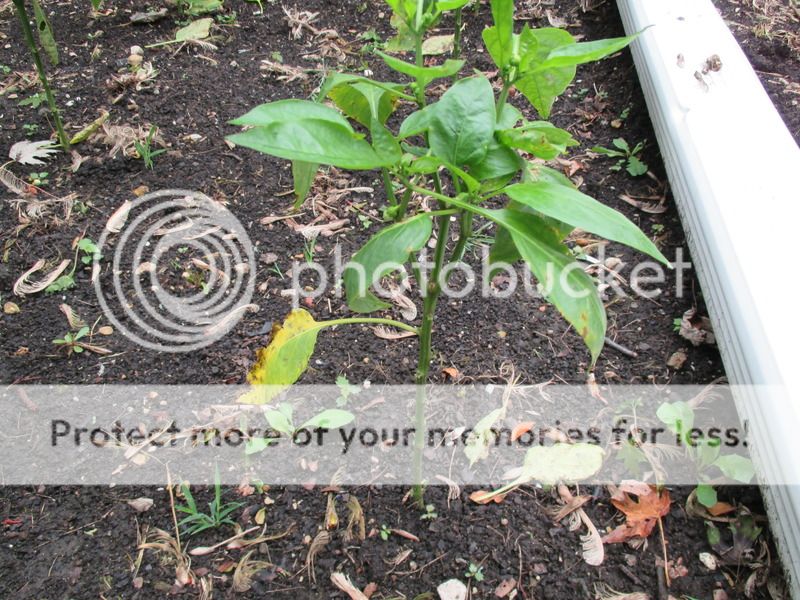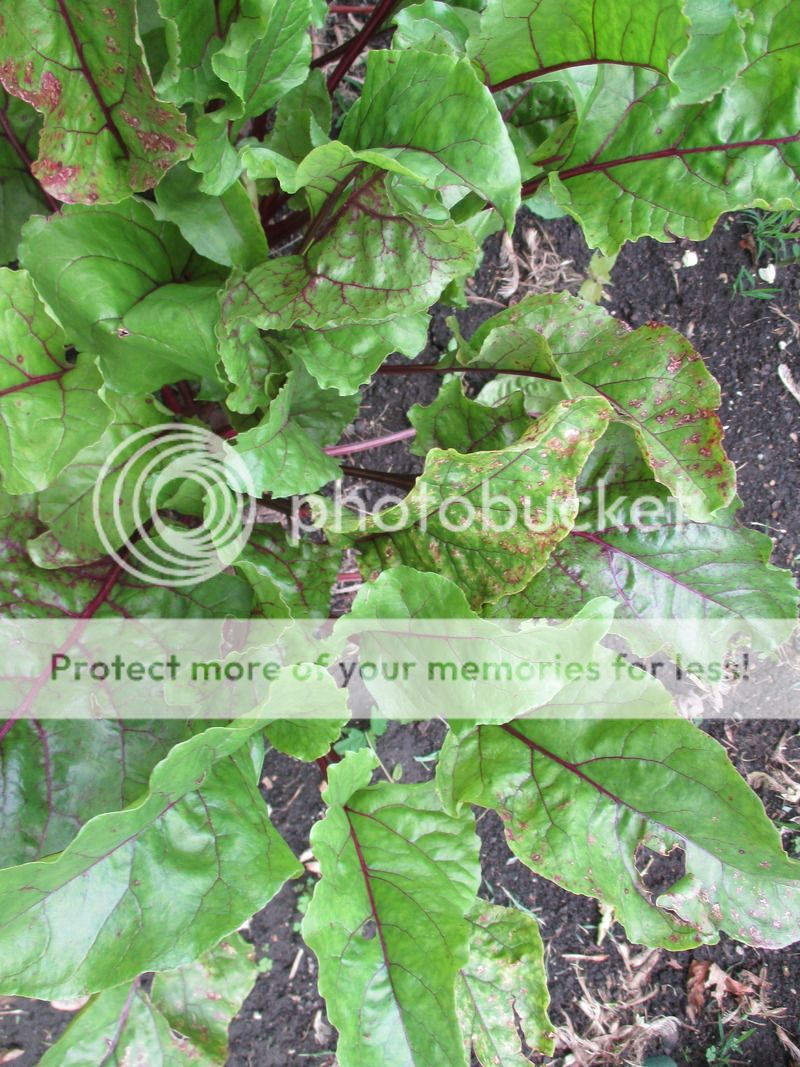Is there anything I can do? Is the soil too acidic? Would some type of fertilizer help?







https://www.gardeningknowhow.com/edible/ ... eppers.htmCrop rotation can help prevent bacterial leaf spot. Do not plant peppers or tomatoes in a location where either of these crops has been grown in the past four or five years.
At the end of the season, remove all crop debris from the garden and destroy it. Do not compost plant debris that may contain the disease. Once the area is clean of all visible debris, till the soil or turn it with a shovel to bury any remaining bacteria.
The bacterium is spread by splattering damp soil onto the leaves. Reduce the splatter by using a soaker hose and avoiding overhead watering. Stay out of the garden on wet days to avoid spreading disease on your hands and clothes.
Bacterial leaf spot is also spread through infected seeds. Buy certified disease-free seeds and seedlings. It’s best not to save your own seeds if you have ever had a problem with bacterial leaf spot on peppers.
The bacterial leaf spot does infect a number of other plants including beets, so it well could be what is bothering your beets as well.Warm, wet conditions are favorable for diseases caused by bacteria. Therefore, irrigation method is an important consideration in managing BLS in the field. Overhead irrigation provides both a means of spread for the pathogen and favorable conditions for disease development, therefore trickle irrigation is recommended. In addition to movement by splashing water drops, the pathogen can be spread through any mechanical means imaginable when plants are wet, including on worker’s hands and on machinery such as cultivators. If possible, avoid working fields when the plants are wet and work infested areas last. Disinfect machinery used in infected sections of the field after the job is completed.
Low nitrogen or potassium, and extra high magnesium and calcium levels have been associated with increased crop susceptibility to BLS. Pepper crops that show visible signs of nitrogen deficiency (light colored leaves) have been severely affected by BLS in Connecticut. Researchers have also found that BLS is more severe on pepper plants grown in soils adjusted with dolomitic lime, which is high in magnesium, than plants grown in soils adjusted with Cal limestone (CaCO3). Maintain nutrients at the proper levels (moderate to high) to help plants resist infection
I'd guess you're right, I've only been gardening for a couple years. I had no problem finding Diamond K gypsum at my local gardening store, a large sack that will last many years.GardeningCook wrote:Lol! May be true, but wouldn't it be just as easy, if not easier, to find/buy garden sulfur?MichaelC wrote:Micronized gypsum can be mixed with water for a quick application of sulfur.